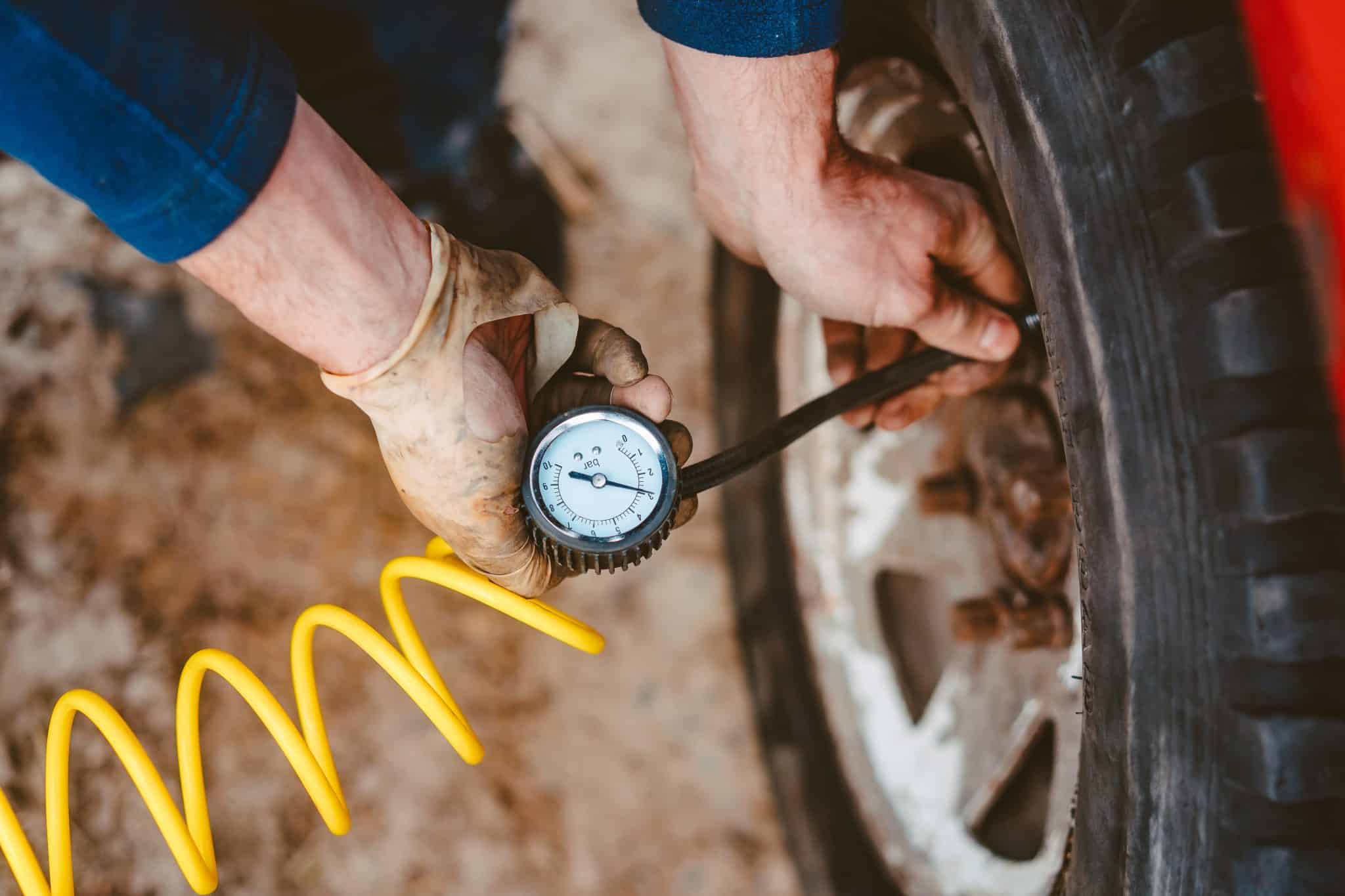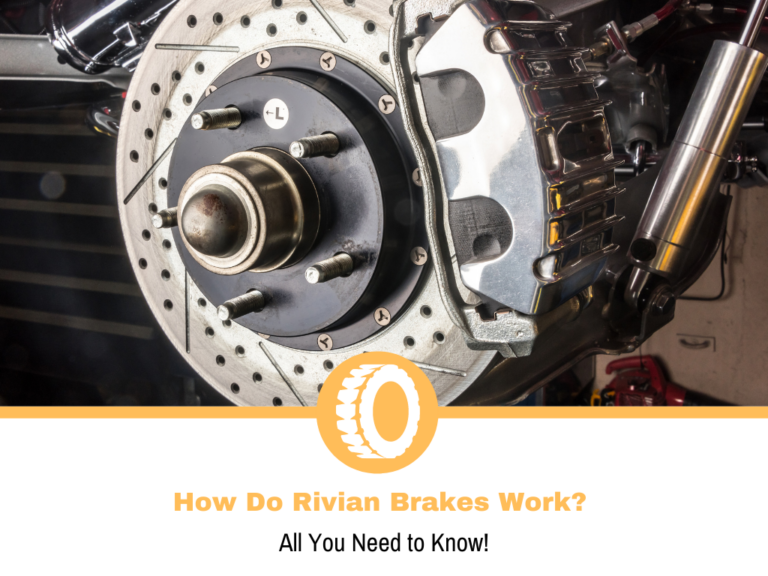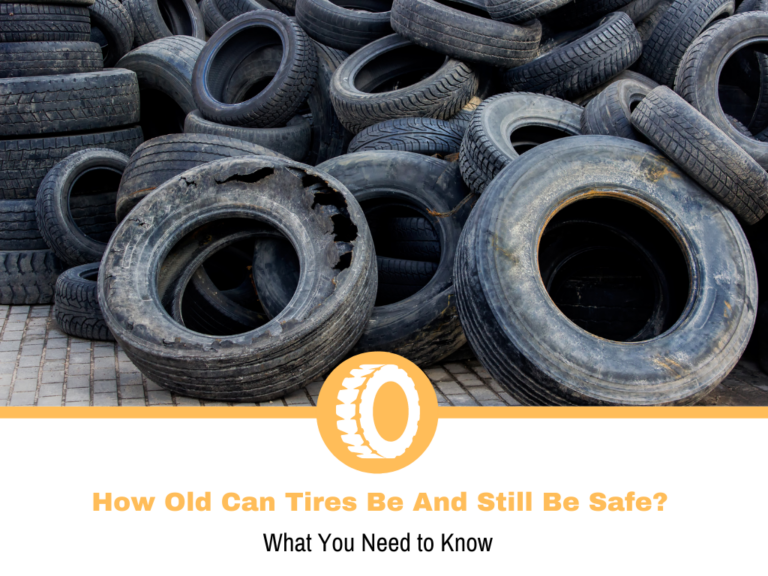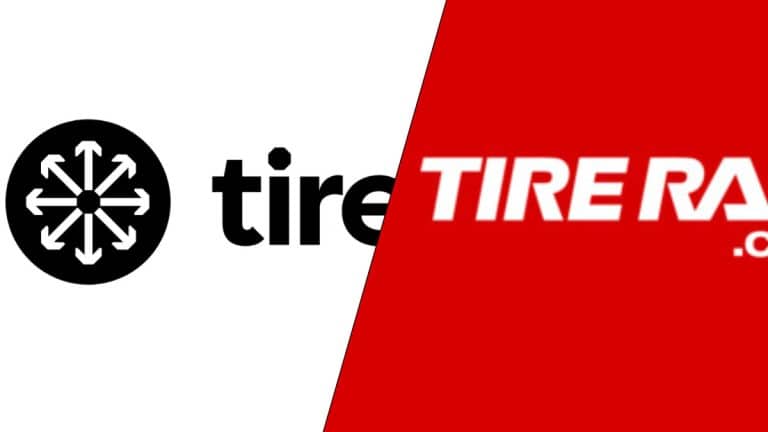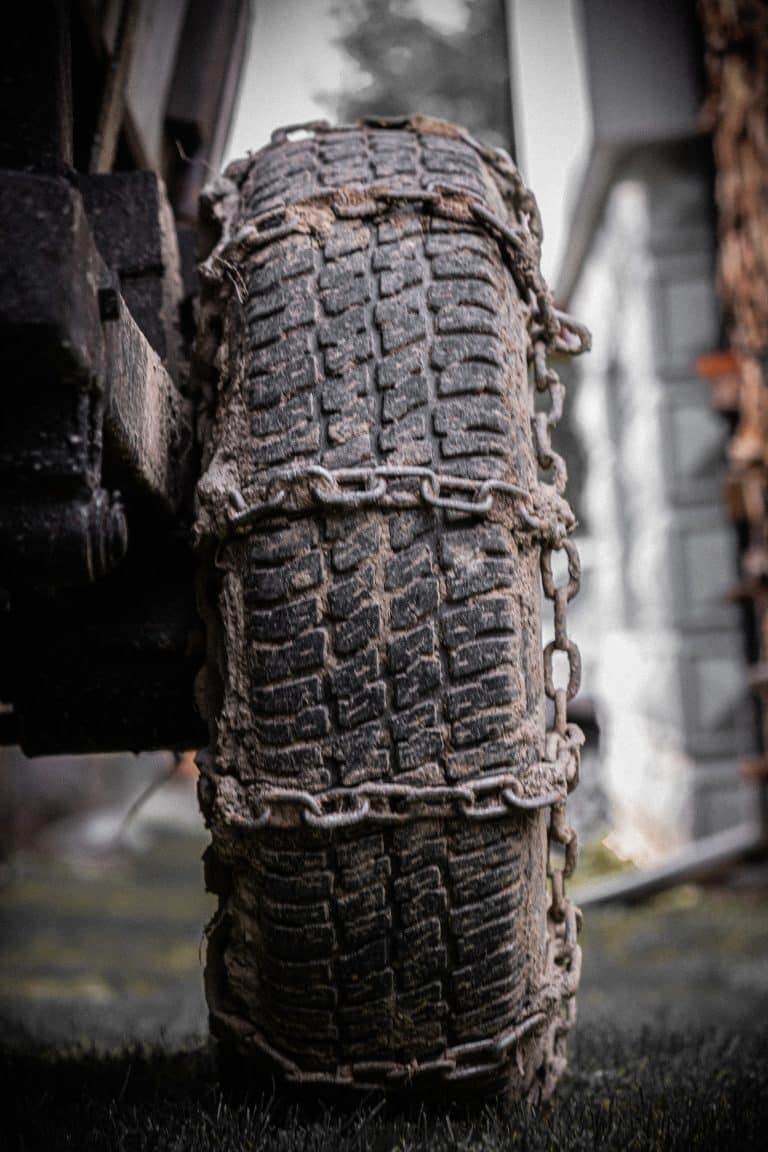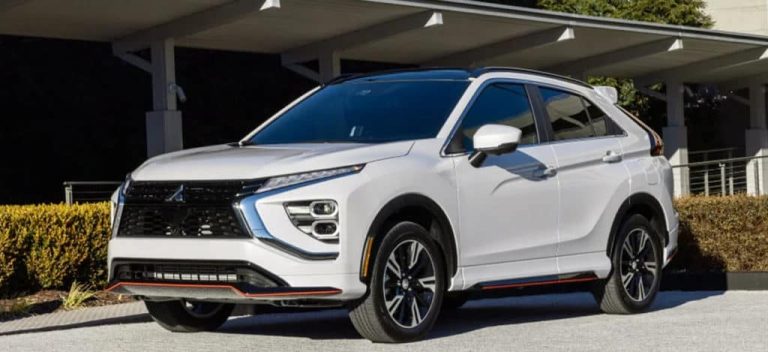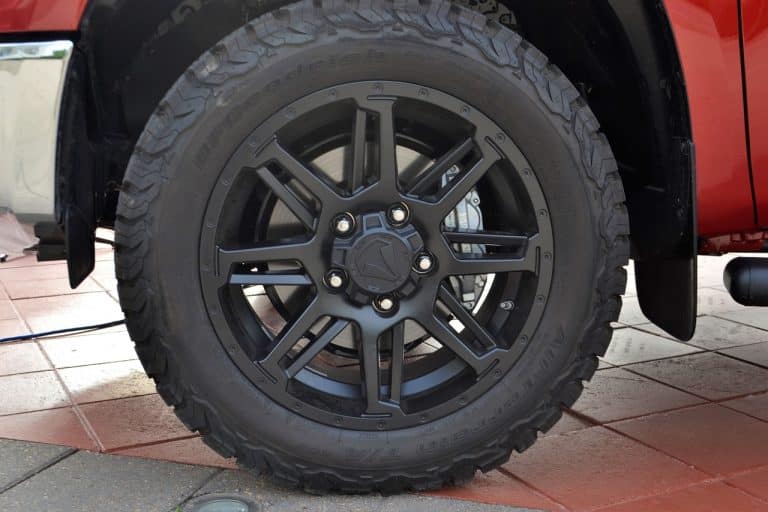Installing TPMS sensors on aftermarket wheels
Modification is something I often mention in my articles and with good reason. This website is about tires and wheels, so the modification topics we usually cover here aren’t the type of wipers or fluid you should get. We’re talking about some serious modifications, like getting aftermarket wheels.
For many people, getting a new set of wheels is a process that’s as simple as transferring the old tires, or getting new ones. There is a little thing called TMPS that can sometimes cause problems with this endeavor.
Modern cars have this system, so if you’re getting a new set of wheels, you’d want to have the system working as before. It sounds great, but there are obstacles that you should be aware of.
Today, we’ll be talking about the TMPS sensors on aftermarket wheels, explore some of the difficulties and what is the best way to approach this problem.
What are TPMS sensors?
This deserves an entirely different guide, but let me break things down real quick. TPMS stands for Tire Pressure Monitoring System, and it does just what the name says. It monitors the pressure in your tires and is a convenient way to get a reading at any time. Without this system, you’d need to have a gauge at hand or go to a gas station to see the pressure of your tires.
The system has two parts, the butterfly-looking sensors that go on the wheels and the monitor that is linked to them. Both work together to keep you informed of the pressure in your tires and warn you whenever there is a problem. There is another type, which isn’t very common that doesn’t use sensors.
This system has been available to us for a while. The older ones are more basic and only work to inform you when the pressure is off. Some newer models offer a precise readout for each tire, which is a lot more convenient.
Can you fit your existing TPMS sensors to aftermarket wheels?
There are two variables here, and the answer will depend on both. While in most cases, moving the sensors to a new set of wheels is a pretty straightforward process, you may run into situations where that’s not a straightforward process.
Like everything in the automotive industry, there are slight variations between models, which is why most people ask this question. The problem you may face with some wheel and sensor combination is the hole in the wheels and the valve stem on the sensors.
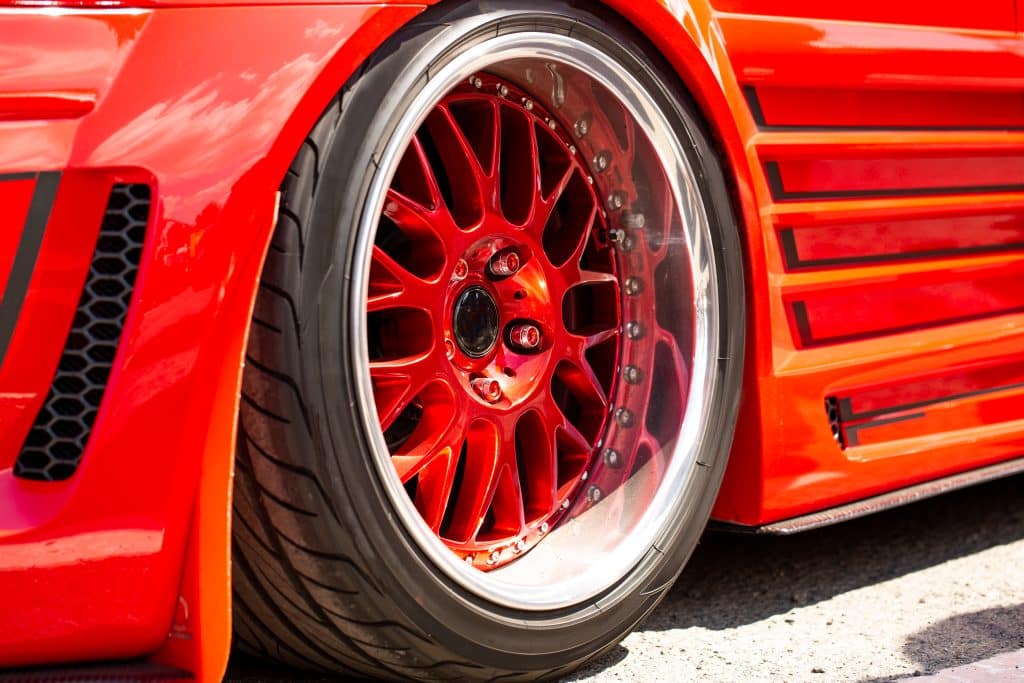
A perfect fit isn’t always possible because of multiple dimensions. Here, that perfect fitment is a must because without it, you’ll either lose air, or the stems won’t fit at all.
Depending on the type of aftermarket wheels, you may run into a problem with the overall design of the wheel. Some manufacturers and designers won’t work to make them for fitting TPMS sensors, so the barrels and flanges may not be the ideal for this application. In other situations, you may want to get wheels with drop centers, which in most cases won’t be a good fit for the original sensors you already have.
What to do if the wheel and sensors aren’t compatible?
Let’s say the wheels you are looking to get won’t be a perfect match for the sensors you have, so what are your options? There are some that can make your life easier.
The first and probably the most common option are aftermarket seals and stems. It’s an easy option and a relatively inexpensive one. The idea of these is to provide the proper seal so that the tire will hold the pressure and the sensor will work as designed.
Another approach to solving this problem is with banding. Instead of fitting the valve as you’d normally would, with this kit you’re using a band to fit it to the drop center of the wheel. This is usually for wheels that don’t have the “standard” barrel design preventing you from fitting the sensors as with the original wheels. To ensure that they work perfectly, make sure that the orientation is correct.
The last option is the more expensive one, but in my opinion the best – new sensors. You’re already throwing a lot of money for the new wheels, so why not get a new set of TPMS sensors that will match them? With this, you’re ensuring that everything is as it should be, so you won’t have any issues with fitment or operation.
What not to do if the wheel and sensors aren’t compatible?
A match made in heaven is ideal, but that’s not how things work, so sometimes we need to get creative. Those kinds of improvements may be fine with other aspects, but not with TPMS sensors. I’ve seen some pretty stupid things, so try not to repeat them.
The most common thing people seem to do is to glue the sensors to the wheel. It seems smart, but it’s not. Depending on the speed, with each rotation, the centrifugal force is trying to detach the TPMS sensors from the barrel. When set properly, it won’t be a problem, but glue isn’t a good option to hold it in place. To be fair, it’s not a life-threatening situation. In a worst-case scenario, the sensor will come loose and start tumbling around the tire. Solving this problem requires you to go to a shop to take the tire off and set the sensor in place.

Next up we have a little thing called TPMS pipe bomb. Don’t worry, it’s not an actual bomb. This isn’t a way to mount the sensors, but it’s a way to fool the system into thinking that the sensors are reading the correct pressure. I won’t dive into how to make one, but I will advise you against doing it. NHTSA is against this or disabling the system, so unless you want to have problems with the law, use one of the other methods I mentioned.
Conclusion
In many situations, getting aftermarket wheels and fitting your existing TPMS sensors is a breeze. With that said, there are situations where that isn’t the case, so you’ll need to find alternatives.
As far as alternatives are concerned, your options is to look at the wheels or the sensors. For the sake of the example, let’s say that you already found the wheels of your dreams, so you’ll need to improvise with the sensors.
I outlined several options you have and regardless of which one you choose, the system will work and give a correct readout. The most important thing to note here is that before you do anything, make sure that the sensors and system are relearned. That way, you’ll have a correct readout, and you won’t have any flashing lights on your dashboard.
